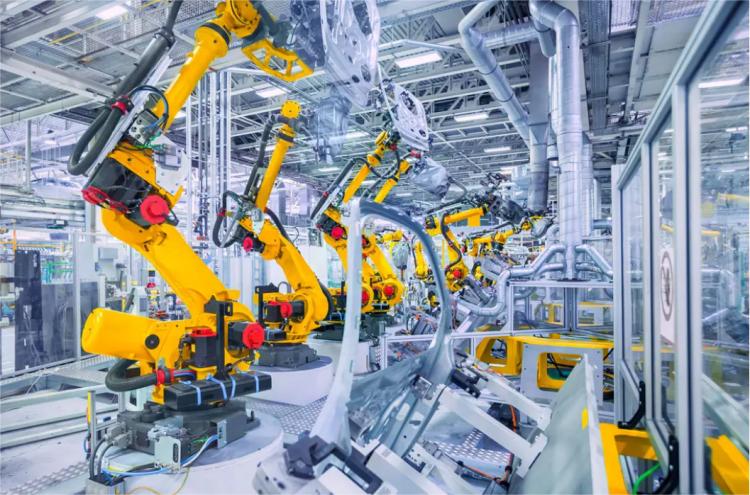Industrial robot arm refers to the arm with joint structure in industrial robot, which refers to joint manipulator and joint manipulator arm. It is a kind of robot arm commonly used in factory manufacturing workshop. It is also a classification of industrial robot. Because of its similarity to the movement principle of human arm, it is also called industrial robot arm, robot arm, manipulator, etc. Let’s talk about the classification of joint manipulator arms commonly used in factories!
First, the classification of joint manipulator arms is summarized: there are single-arm and double-arm robots. The joint manipulator arms include four-axis manipulator arms, five-axis manipulator arms, and six-axis manipulator arms. The double-arm manipulator arm is a less used one, which may be used in assembly; the classification of joint manipulator arms is mainly four-axis, five-axis, six-axis, and seven-axis robots.
Four-axis robotic arm: It is also a four-axis robot with four degrees of freedom in the joints. It is widely used in factories for simple handling and stacking. There are also small four-axis stamping robotic arms specially developed for stamping automation;
Five-axis robotic arm: The five-axis robot is based on the original six-axis robot with one axis reduced. When considering the process, some companies can use a five-degree-of-freedom robot to complete it, and will require the manufacturer to subtract the unnecessary joint axis from the original six-axis;
Six-axis robotic arm: It is also a six-axis robot. It is currently a more commonly used model. Its functions can meet many actions with six degrees of freedom. Therefore, it can complete the handling process, loading and unloading process, welding process, spraying process, grinding or other production processes.
Seven-axis robotic arm: It has 7 independent drive joints, which can realize the most realistic restoration of human arms. The six-axis robotic arm can already be positioned at any position and direction in space. The 7-degree-of-freedom robotic arm has stronger flexibility by adding a redundant drive joint, which can adjust the shape of the robotic arm under the condition of fixed end effector, and can effectively avoid nearby obstacles. Redundant drive shafts make the robot arm more flexible and more suitable for human-machine interactive collaboration.
Industrial robot arms are mechanical and electronic devices that anthropomorphize the functions of arms, wrists, and hands. It can move any object or tool according to the time-varying requirements of spatial posture (position and posture) to complete the operation requirements of a certain industrial production. Such as clamping pliers or guns, spot welding or arc welding of car or motorcycle bodies; handling die-cast or stamped parts or components: laser cutting; spraying; assembling mechanical parts, etc.
Multi-degree-of-freedom serial robots represented by robot arms have been widely penetrated from traditional equipment manufacturing to medical, logistics, food, entertainment and other fields. With the accelerated integration of new technologies represented by the Internet, cloud computing, and artificial intelligence with robots, robots will become an important driving force for a new round of scientific and technological revolution and industrial transformation.
Post time: Sep-23-2024








